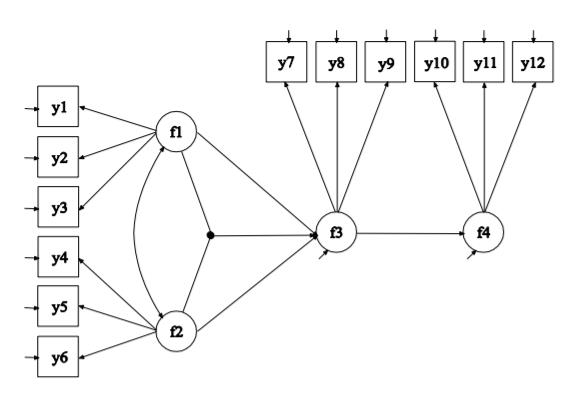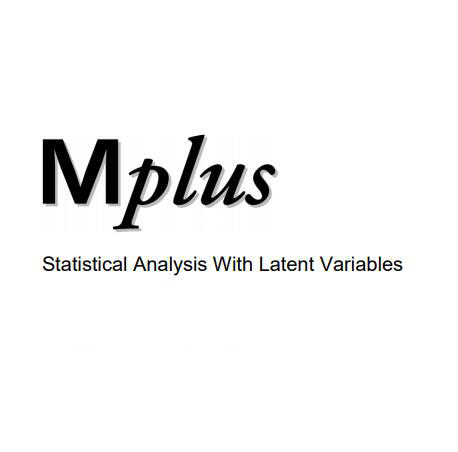使用期限永久
许可形式单机和网络版
原产地美国
介质下载
适用平台windows,mac
科学软件网提供大量正版科学软件,满足各学科的科研要求。科学软件网专注软件销售服务已达17年,全国大部分高校和企事业单位都是我们的客户。同时,我们还提供本地化服务,助力中国的科研事业。
Standardization for two-level models with random slopes and random variances
Random slopes for covariates with missing data
New within/between scatter plots and histograms for two-level models, including sample and model-estimated cluster-specific means and variances
New Posterior Predictive P-values for BSEM (PPPP; Hoijtink & deSchoot, 2017; Asparouhov & Muthén, 2017)
Output in HTML format

Mplus has several options for the estimation of models with missing data. Mplus provides maximum likelihood estimation under MCAR (missing completely at random), MAR (missing at random), and NMAR (not missing at random) for continuous, censored, binary, ordered categorical (ordinal), unordered categorical (nominal), counts, or combinations of these variable types (Little & Rubin, 2002). MAR means that missingness can be a function of observed covariates and observed outcomes. For censored and categorical outcomes using weighted least squares estimation, missingness is allowed to be a function of the observed covariates but not the observed outcomes. When there are no covariates in the model, this is analogous to pairwise present analysis. Non-ignorable missing data (NMAR) modeling is possible using maximum likelihood estimation where categorical outcomes are indicators of missingness and where missingness can be predicted by continuous and categorical latent variables (Muthén, Jo, & Brown, 2003; Muthén et al., 2010 ).

The Mplus modeling framework draws on the unifying theme of latent variables. The generality of the Mplus modeling framework comes from the unique use of both continuous and categorical latent variables. Continuous latent variables are used to represent factors corresponding to unobserved constructs, random effects corresponding to individual differences in development, random effects corresponding to variation in coefficients across groups in hierarchical data, frailties corresponding to unobserved heterogeneity in survival time, liabilities corresponding to genetic susceptibility to disease, and latent response variable values corresponding to missing data. Categorical latent variables are used to represent latent classes corresponding to homogeneous groups of individuals, latent trajectory classes corresponding to types of development in unobserved populations, mixture components corresponding to finite mixtures of unobserved populations, and latent response variable categories corresponding to missing data.

New Mplus paper: A better way to do LTA - Latent transition analysis with random intercepts (RI-LTA). Revised version under review. Scripts are available on our RI-LTA page.
科学软件网不定期举办各类公益培训和讲座,让您有更多机会免费学习和熟悉软件。
http://www.kxrjsoft.com.cn








